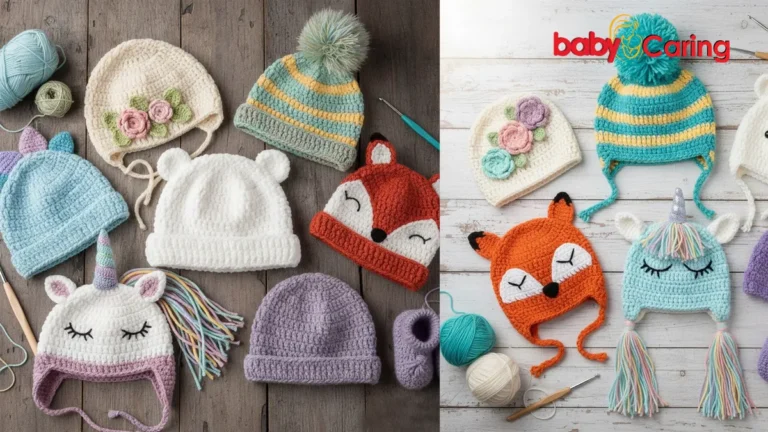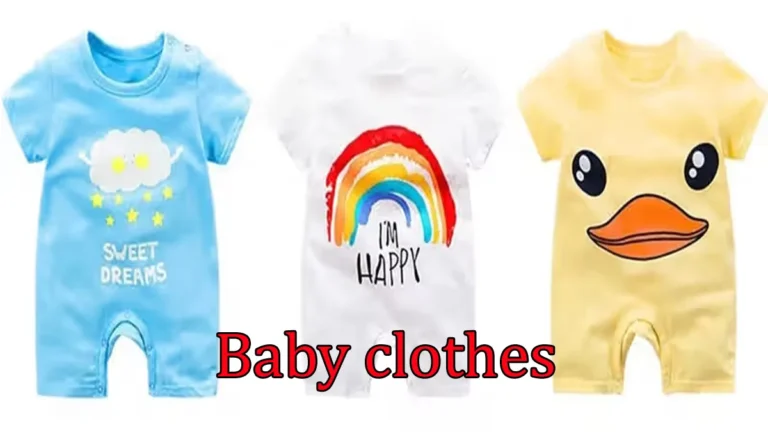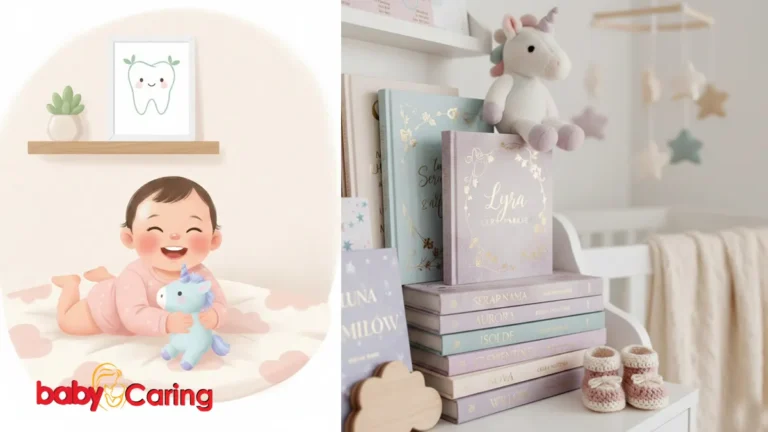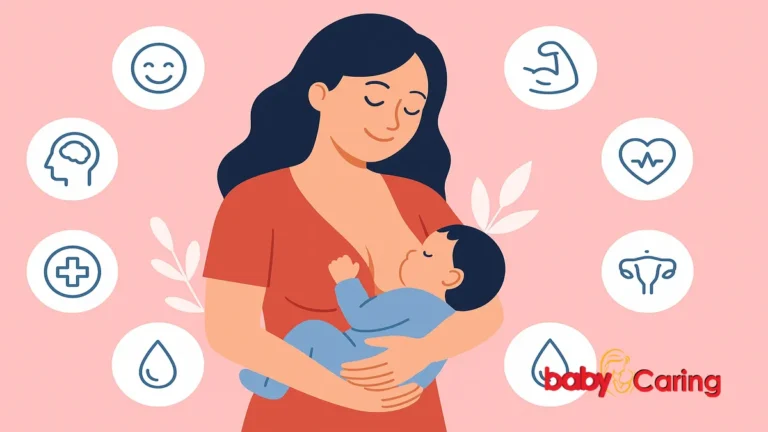
behavior chart for kids
Teaching kids good habits can feel like an uphill battle. A behavior chart for kids offers a simple solution that makes learning fun and rewarding.
Think of a behavior chart as your child’s personal roadmap to success. It’s a visual tool that tracks their progress as they learn important life skills and positive behaviors.
These charts work because they:
- Make goals clear and achievable
- Give instant positive feedback
- Create a sense of accomplishment
- Turn good behavior into daily habits
- Help kids see their own progress
Parents love behavior charts because they take the stress out of teaching good habits. Kids love them because they make learning feel like a game.
Ready to discover how these simple charts can transform your child’s behavior? Let’s explore 10 genius ways a behavior chart helps build lasting good habits in your little ones.
1. Encouraging Positive Behaviors with a Behavior Chart
A behavior chart for kids is like a helpful guide, showing children how to be good and encouraging them to do it. It’s similar to a colorful map that leads to better habits!
Key Positive Behaviors to Track:
- Sharing toys with siblings or friends
- Using “please” and “thank you”
- Helping to clean up after playtime
- Taking turns during games
- Speaking kindly to others
- Following bedtime routines
- Completing homework on time
When your child shows these good behaviors, they earn stars, stickers, or checkmarks. Each mark is a small celebration of their success!
Making the Chart Work:
- Place it at your child’s eye level
- Use bright colors and fun designs
- Keep tasks simple and clear
- Update it daily with your child
- Celebrate small wins together
The magic happens when children see their progress right on the chart. A row of golden stars shows them how many times they’ve been kind. Five checkmarks remind them how often they’ve helped clean up.
Parents can start with 2-3 behaviors and slowly add more as their child masters each one. The key is to focus on actions you want to see more of, rather than pointing out mistakes.
Remember to praise effort along with results. “I saw how you shared your toys today!” means more than just adding a sticker to the chart.

2. Building Confidence and Self-Esteem through Goal Setting
Setting achievable goals with a behavior chart helps your child build lasting confidence. When kids see their progress marked on the chart, they experience real success they can be proud of.
Here’s how goal setting builds your child’s self-esteem:
- Start Small: Set simple daily goals like “brush teeth before bed” or “put toys away”
- Track Progress: Use stickers or checkmarks to show completed tasks
- Celebrate Wins: Acknowledge each achievement, no matter how small
A behavior chart for kids works best when you break bigger goals into smaller steps. Your child might start with making their bed each morning. After mastering this task, they can take on more complex goals like completing homework without reminders.
Children gain confidence through:
- Seeing their daily accomplishments
- Learning from mistakes without harsh criticism
- Taking control of their own success
- Receiving positive reinforcement
Let your child help choose their goals. This ownership creates excitement and motivation to succeed. As they reach each milestone, watch their eyes light up with pride. This genuine sense of achievement builds strong self-esteem that lasts beyond the chart system.
Remember to adjust goals based on your child’s age and abilities. A 4-year-old might focus on basic tasks, while an 8-year-old can handle more complex responsibilities.
3. Teaching Responsibility with a Chore Chart
A chore chart adds a practical dimension to your behavior chart for kids. By combining these tools, you create a system that teaches children the value of responsibility through daily tasks.
Here’s how you can structure a chore-based behavior chart:
- Morning Tasks: Making the bed, getting dressed, brushing teeth, feeding pets
- After-School Tasks: Putting away backpack, completing homework, tidying play area, setting the table
- Evening Tasks: Helping with dishes, picking up toys, preparing for next day, personal hygiene
Each completed task earns a star or sticker on the behavior chart. This visual tracking system helps kids understand how their actions contribute to the family’s well-being.
You can customize the chore list based on your child’s age and abilities. A 5-year-old might start with simple tasks like putting toys away, while an 8-year-old can handle more complex responsibilities like helping with laundry.
The key lies in making these tasks feel achievable. Break down bigger chores into smaller steps. Instead of “clean your room,” list specific actions: “put clothes in hamper,” “arrange books on shelf,” “make bed.”
This approach teaches kids that responsibility isn’t just about completing tasks—it’s about being a valued member of the household team.
4. Fostering Independence through Self-Monitoring
A behavior chart for kids creates a powerful path to independence. Children learn to track their own progress and make decisions without constant parental reminders.
Here’s how self-monitoring builds independence:
- Daily Check-ins: Kids mark their own accomplishments on the chart, building self-awareness
- Progress Tracking: Children see their improvement over time through visual records
- Decision Making: They choose when to complete tasks based on their schedule
- Self-Correction: Kids learn to spot areas where they need improvement
Your child gains confidence by managing their own behavior chart. They develop critical thinking skills as they evaluate their actions against set goals.
Try these self-monitoring techniques:
- Let your child pick their chart design
- Have them set personal daily targets
- Allow them to record achievements independently
- Create a designated chart checking time
The magic happens when kids start noticing patterns in their behavior. A child might realize they complete tasks better in the morning or need extra focus for specific activities.
Parents can step back as their children master self-monitoring. This gradual release of responsibility helps kids develop time management and organizational skills they’ll use throughout life.
5. Making Learning Fun with a Reward System
A reward system transforms your behavior chart for kids into an exciting game. Kids love earning stickers, points, or small prizes for their good actions.
Here’s how you can create an engaging reward system:
- Daily Rewards: Small tokens like stickers or stamps for immediate positive reinforcement
- Weekly Prizes: Special activities or privileges after collecting enough points
- Monthly Goals: Bigger rewards for consistent good behavior over time
Your child picks a reward from different options:
- Extra playtime
- Special movie night
- Choosing dinner menu
- New book or small toy
- Extra bedtime story
- Park visit
Keep these tips in mind for success:
- Match rewards to your child’s interests
- Change prizes regularly to maintain excitement
- Make rewards achievable within short time frames
- Include both tangible and activity-based rewards
- Celebrate small wins along the way
A reward system works best when you stay positive and enthusiastic. Your excitement about their progress makes learning fun and motivates kids to keep trying. Remember to praise their effort, not just the end result.
Set clear expectations about what actions earn rewards. This helps kids understand the connection between their behavior and positive outcomes. Display the reward options near the behavior chart to keep motivation high.
6. Promoting Consistency and Routine with Visual Cues
Visual cues on a behavior chart for kids create powerful daily reminders that stick in children’s minds. Bright stickers, colorful drawings, and fun symbols make routines feel like an exciting game rather than a chore.
Popular Visual Elements That Work:
- Star stickers for completed tasks
- Smiley face stamps for good behavior
- Rainbow colors marking different activities
- Character stickers of favorite shows
- Custom drawings by the child
Kids respond naturally to pictures and colors. A red star might mean “brush teeth,” while a yellow sun represents “make the bed.” These visual associations help children remember their tasks without constant reminders.
The chart’s visual layout creates a clear path for kids to follow. Picture-based schedules show the exact order of morning and bedtime routines. Children learn to move from one task to the next by following the visual flow.
Quick Tips for Visual Success:
- Place charts at child’s eye level
- Use large, clear images
- Pick bright, engaging colors
- Keep designs simple and uncluttered
- Update visuals regularly to maintain interest
A well-designed visual chart turns abstract concepts like “responsibility” into concrete actions kids can see and understand. The consistent presence of these visual reminders helps cement positive habits into their daily lives.
7. Adapting the Behavior Chart to Different Age Groups and Needs
A behavior chart for kids works best when it matches your child’s age and abilities. Let’s break down how to adapt these charts for different stages:
Toddlers (2-3 years)
- Use simple pictures instead of words
- Track basic behaviors like using the potty or picking up toys
- Offer immediate rewards
- Keep the chart small with 2-3 tasks
Preschoolers (4-5 years)
- Mix pictures with basic words
- Include self-care tasks like brushing teeth
- Add social skills like sharing
- Set daily goals with sticker rewards
School-Age (6-8 years)
- Create weekly charts with written tasks
- Include homework and chore tracking
- Add time management skills
- Use point systems for rewards
Older Children (9-12 years)
- Design monthly goal trackers
- Focus on responsibility and independence
- Include academic and personal growth goals
- Allow them to help create their chart
You can adjust these charts based on your child’s unique needs. Some kids might need extra help with organization, while others focus on social skills. Watch how your child responds and change the chart as needed.
Remember to celebrate small wins – each child grows at their own pace. A chart that worked last month might need updates as your child develops new skills.
8. Keeping Motivation High with Surprise Elements and Choices
Kids love surprises! A behavior chart for kids becomes extra exciting when you add unexpected rewards and choices. Here’s how to keep their enthusiasm strong:
Mix Up the Rewards
- Hide mystery prizes in numbered envelopes
- Create a “lucky dip” box with different treats
- Switch between material rewards and special privileges
- Add bonus points on random days
Let Kids Take the Lead
- Ask them to pick behaviors they want to improve
- Let them design parts of their chart
- Give options for different rewards they can earn
- Allow them to set their own daily goals
Make It Fun and Fresh
- Change chart themes based on their current interests
- Add stickers or stamps they haven’t seen before
- Create special “double points” days
- Include mini-challenges within the main chart
Keep the Element of Surprise
- Don’t reveal all rewards at once
- Add new goals unexpectedly
- Create “mystery missions” with secret rewards
- Include surprise bonus activities
A behavior chart stays exciting when you mix predictability with unexpected elements. Your child learns to work toward goals while enjoying the journey. The combination of choices and surprises creates a sense of ownership and adventure in their behavior improvement path.
9. Gradually Phasing Out the Behavior Chart System while Sustaining Positive Habits
The phasing out system sustaining positive habits requires a thoughtful approach. Start by increasing the time between rewards while maintaining the same expectations for good behavior.
Here’s a proven step-by-step method to phase out behavior charts:
- Week 1-2: Space out rewards to every other day
- Week 3-4: Move to twice-weekly rewards
- Week 5-6: Switch to weekly recognition
- Week 7-8: Transition to random, surprise acknowledgments
You can replace chart tracking with verbal praise and natural consequences. When your child completes tasks without prompting, acknowledge their independence with specific praise.
Some effective replacement strategies include:
- Creating a “responsibility jar” for random rewards
- Using verbal check-ins instead of written tracking
- Letting children self-monitor their progress
- Celebrating milestones without formal tracking
Watch for signs your child is ready to move beyond the chart:
- They complete tasks without reminders
- Good habits happen automatically
- They show pride in their achievements
- They maintain behavior without rewards
Remember that each child adapts differently to phasing out system sustaining positive habits. Some might need a slower transition, while others quickly embrace independence.
Keep celebrating your child’s successes, even after removing the chart. This reinforces that good behavior matters – chart or no chart.
10. Personalizing Goals and Rewards to Increase Engagement and Effectiveness (and Have Fun!)
Making behavior charts exciting starts with personalizing goals and rewards that match your child’s interests. A child who loves dinosaurs might earn “dinosaur points” instead of regular stickers. A budding artist could collect “art supplies tokens” for good behavior.
Creative Ways to Personalize Charts:
- Let your child design their own chart with favorite colors and characters
- Create themed rewards based on current interests
- Allow kids to name their achievement levels
- Include pictures of their chosen rewards on the chart
The magic happens when you match rewards to your child’s personality. Some children thrive on:
- Extra playtime with parents
- Special privileges like staying up 15 minutes later
- Choosing the family movie
- Planning a weekend activity
- Small toys related to their hobbies
Keep rewards fresh by rotating options every few weeks. Watch what excites your child and adjust accordingly. A superhero fan might love earning “power points” one month, then switch to “wizard tokens” the next when their interests change.
Remember to celebrate small wins uniquely. A quiet child might prefer a special one-on-one activity, while an outgoing child could enjoy announcing their achievements at family dinner.

Conclusion
Behavior charts are powerful tools that can help parents teach their children positive habits. These visual aids have a long-lasting effect, going beyond just daily routines – they also develop important life skills for future success.
Key takeaways for parents:
- Mix behavior charts with daily conversations about feelings and choices
- Stay involved in your child’s progress through regular check-ins
- Celebrate small wins to keep motivation high
- Adjust your approach based on what works for your child
Remember: A behavior chart works best as part of a bigger parenting toolkit. Open communication and active involvement in your child’s journey make these charts truly effective.
Pro tip: Start with small, achievable goals on your behavior chart. As your child grows more confident, gradually increase the challenge level while maintaining flexibility in your approach.
Your child’s success with a behavior chart depends on your consistent support and willingness to adapt. Trust the process – you’re helping build habits that will serve them well throughout life.
FAQs (Frequently Asked Questions)
What is the purpose of a behavior chart for kids in encouraging good habits early?
A behavior chart for kids serves as a practical tool to promote positive behaviors from an early age by reinforcing desired actions, helping children develop important life skills and laying the foundation for long-term success.
How can a behavior chart encourage positive behaviors in children?
Behavior charts reinforce specific positive behaviors such as sharing, taking turns, and being respectful by providing visual cues and rewards that motivate children to consistently practice these good habits.
In what ways does a behavior chart help build confidence and self-esteem through goal setting?
By allowing children to set achievable goals and track their progress on the behavior chart, they experience a sense of accomplishment when reaching milestones, which boosts their confidence and self-esteem.
How does incorporating a chore chart into a behavior chart teach responsibility?
Integrating chores into the behavior chart system encourages children to contribute to household tasks, fostering a sense of responsibility and understanding the importance of their role within the family.
What strategies can keep children’s motivation high when using a behavior chart?
Maintaining motivation can be achieved by including surprise rewards, offering choices on which behaviors to work on, and personalizing goals and rewards to align with each child’s unique interests and motivations.
How can parents effectively phase out the behavior chart system while sustaining positive habits?
Parents can gradually reduce reliance on the behavior chart once desired habits are established by continuing to provide support through open communication, active involvement in the child’s learning process, and adapting approaches based on individual needs.








1 thought on “10 Genius Ways a Behavior Chart for Kids Encourages Good Habits Early”